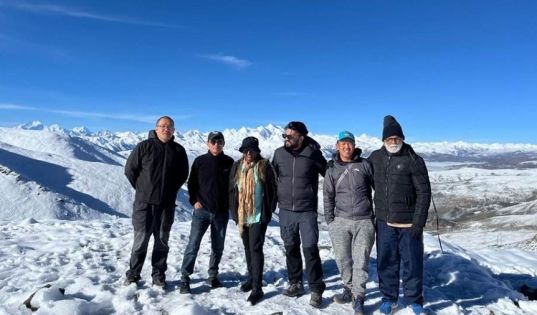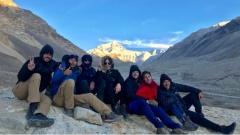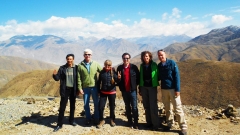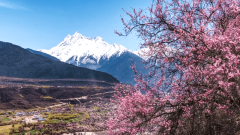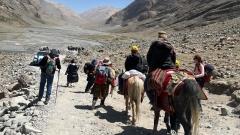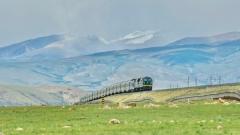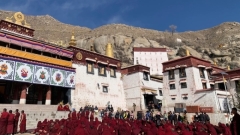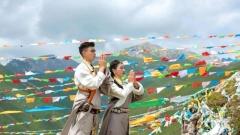When most people imagine traveling to Tibet, they think of summer’s mild weather or the vibrant festivals of spring. Yet winter in Tibet holds a quiet, mystical charm that many travelers overlook. From snow-dusted monasteries to crowd-free sacred sites, this season offers a more intimate glimpse of the “Roof of the World.” For those seeking authenticity, peace, and value for money, winter may just be the perfect time to go.
1. A Quieter, More Peaceful Tibet
Winter sees fewer visitors compared to the high tourist season, which means you can explore Lhasa’s ancient streets and world-famous landmarks without the usual crowds. Imagine standing in the Potala Palace courtyard, hearing only the sound of fluttering prayer flags, or wandering through Jokhang Temple’s golden halls with plenty of space to soak in the spiritual atmosphere.
This peaceful environment allows for deeper cultural immersion — you’ll find locals more open to conversation when they’re not overwhelmed by peak-season tourism.
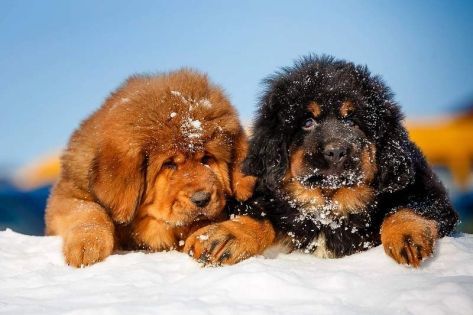
Tibetan Mastiffs
2. A Photographer’s Winter Paradise
Tibet’s winter light is crisp and clear, with blue skies almost every day. Snow-capped mountains like Mount Everest and Mount Kailash appear even more majestic against the deep winter sky. Lakes such as Yamdrok and Namtso shimmer with icy blues, while golden sunlight casts dramatic shadows over the high plateau.
For photographers, the low-angle sunlight creates rich contrasts and vibrant colors, making every shot postcard-perfect.
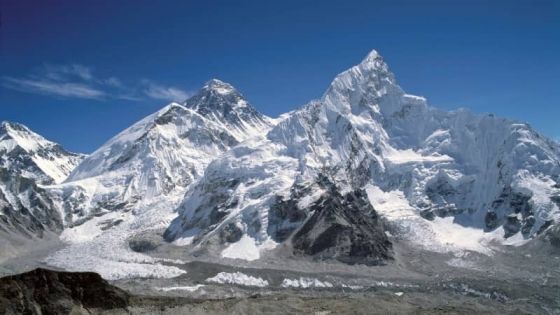
Mount Everest
3. Lower Travel Costs and Great Value
Winter is Tibet’s low season for tourism, which means significant savings on hotels, tours, and flights. Many top-rated hotels in Lhasa offer discounts of 30–50%, and travel agencies often include extra perks such as free upgrades or flexible itineraries.
If you’re looking for the same world-class scenery and heritage without the high-season price tag, winter is your budget-friendly gateway.
4. Unique Cultural Experiences
While summer hosts its share of festivals, winter offers its own traditional celebrations, such as Losar, the Tibetan New Year. This colorful event blends prayer ceremonies, dancing, and feasting, and provides an unforgettable opportunity to witness Tibetan culture at its most heartfelt.
Monasteries are also more active in winter, with monks engaging in debates, rituals, and chanting sessions that are often open to respectful visitors.
5. Comfortable Weather in Key Areas
While the plateau is known for its cold climate, many parts of central Tibet, including Lhasa, Shigatse, and Gyantse, enjoy sunny winter days with temperatures that are surprisingly mild for the altitude — often reaching 10°C (50°F) during the day. The dry climate also means less wind and fewer sudden weather changes compared to spring.
Proper clothing, such as layered jackets and warm hats, ensures you stay comfortable while enjoying the clear, fresh air.
6. Easier Access to Permits and Bookings
During peak season, securing Tibet Travel Permits, hotel rooms, and train tickets can be challenging. In winter, the process is much smoother. Travel agencies have more flexibility to tailor itineraries, and you’re more likely to get your preferred transportation and accommodation without long waits.
Conclusion
Winter in Tibet is a season of clarity, serenity, and authenticity. With its peaceful streets, dazzling landscapes, affordable travel costs, and rich cultural traditions, it offers a travel experience unlike any other time of year. If you’ve ever dreamed of experiencing the “Roof of the World” in its purest form, this underrated season might be your best opportunity.
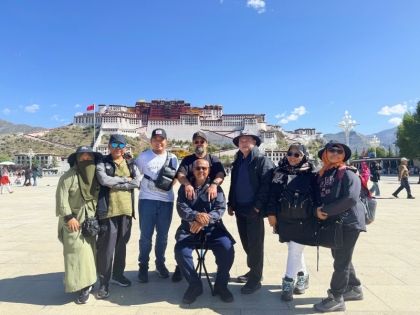
8-Day Classic Tibet Tour: Lhasa, Everest, Namtso & More $ 965
